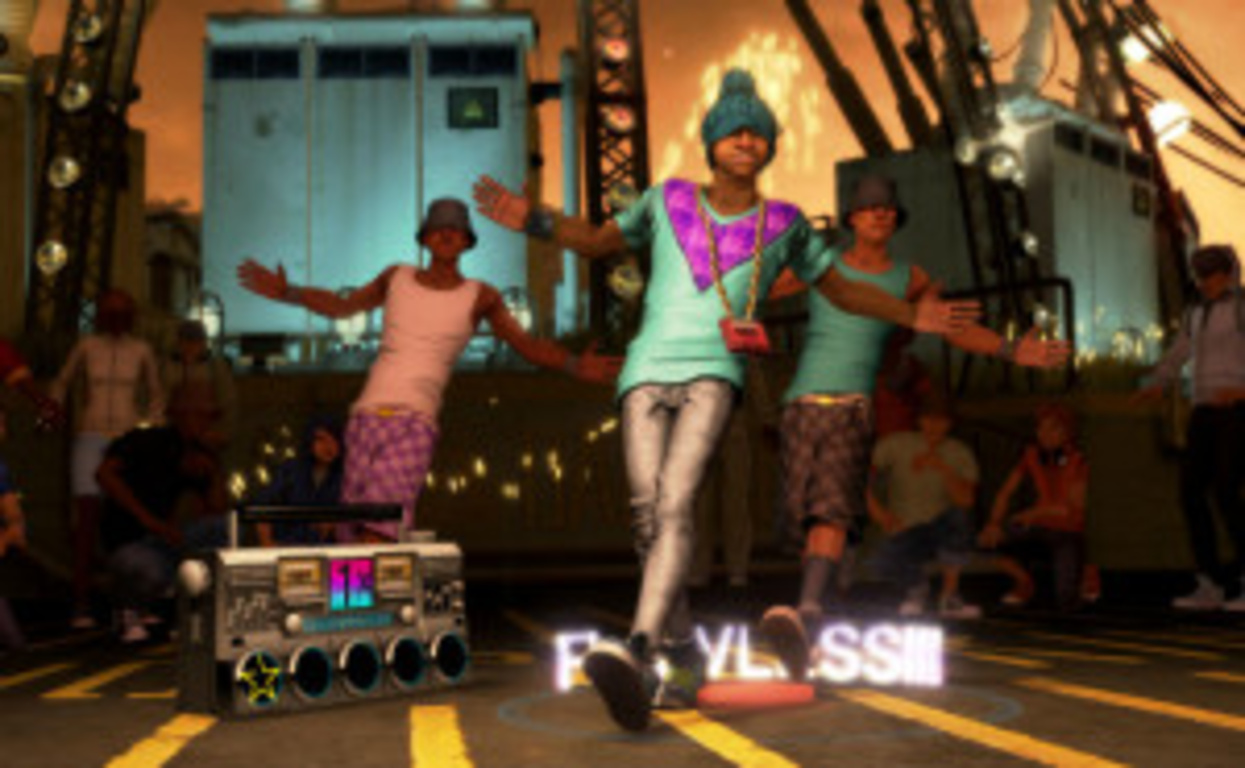Announcing the Spring 2016 DE & Graduate Certificate Cohort

We are so excited to welcome our latest cohort of Designated Emphasis and Graduate Certificate students. From studying the body within dance game technologies to the impact of location-based services on the production and perception of urban space, these students bring an interdisciplinary rigor to their explorations of new media, and we are excited to have them join our community.
Designated Emphasis
Bélgica del Rio
Bélgica investigates the body machine couplings of three key dance video games, including Dance Dance Revolution, Just Dance, and Dance Central. An analysis of how the human body’s physical qualities and movements facilitate embodied, kinesthetic experiences will locate moving human and machine bodies as impetuses or popular, technological imagination and digital innovation. With BCNM mentorship and coursework, Bélgica intends to interrogate the implicit opacity in extracting, coding, and designing digital bodies and dances from movement traditions engendered by specific racially-coded bodies for consumption across different demographics. Bélgica believes this research can elevate the body’s kinesthetic and digital performances as sites of racial identity and agency while situating popular dance and gaming technology within the assemblage of colonial knowledge and its economic, cultural remnants.
Photo Credit: Flickr Colony of Gamers
Will Payne
Will is a PhD student in Geography studying the impact of location-based services on the production and perception of urban space, with specific attention to their interactions with processes of cultural differentiation and gentrification. His current research traces a history of informational systems about urban amenities, both contemporary digital technologies like Yelp, Google Maps, and Airbnb, and their analogue precursors like tourist guidebooks and city directories, drawing on his undergraduate training in History and Literature at Harvard. With work experience as a print and web journalist, documentary filmmaker, and technologist, Will uses a variety of methods, from archival research to interviews with developers and users, computational analyses of data generated by location-based services, and critical genealogies of these services' epistemological and representational techniques. Will is a member of the student advisory board of Berkeley's Global Urban Humanities Initiative, and is active in working groups at Berkeley’s School of Information, the Townsend Center for the Humanities, and the Social Science Matrix around technology, urbanism, and infrastructure.
Certificate
Meghana Battini
A first year Masters in Architecture student in the College of Environmental Design, Meghana has found that design is an integral part of her life. Meghana received her Bachelors of Architecture at Jawaharlal Nehru Architecture and Fine Arts University and working in the architecture and design field for almost nine years. In that time, she experienced how new media technologies changed and altered her understanding of her practice. Exploring the possibilities for architectural software in the design process, Meghana became interested in “media architecture” and its own interface design. As the CED exposes her to various technologies of fabrication, including laser cutting and 3D printing, she has also become fascinated by the ways technology influences design and plans to investigate where this trajectory will lead in the architectural field.
Andrea Gagliano
Andrea Gagliano is a Masters students at the School of Information and investigates the nexus where creativity and technology meet. This ranges from the role of technology in creative practices to machines generating creative works, such as poetry. A few years ago, Andrea started writing poems by rhyming math terms. She’s since inverted this concept to use math (code) to write poems. Her current work aims to build on existing probabilistic language models and machine learned rhymes by enhancing poems with words that create figurative relationships, computationally speaking. For example, she helped created an algorithm written in Python, named “The Pythonic Poet,” which generates sonnets. The algorithm combines a probabilistic language model to generate the lines. An expectation maximization machine learning algorithm finds the rhyme words and uses the similarities of words (as represented by vectors) to drive semantic cohesion. While computers are good at mimicking randomness, what distinguishes the poet from the computer is hand selecting the random encounters which contain a deeper meaning. So, the algorithm models this process by that formulated out of a ‘Natural Language Processing’ course at UCB, using randomness and probabilities to intelligently generate poetic lines, and measurable thresholds as a filter to ‘hand select’ worthy lines. Andrea fears that the systems we are building may be too prescriptive, such that they may be limiting our creativity. If Benjamin Bratton’s view of the world prevails and the computer excels in becoming a thinker and innovator of tomorrow, Andrea aims to help ensure that their thoughts are not stifled by narrowly viewed algorithms.
Shari Paladino
Shari Paladino is a first year MFA student in Art Practice. She holds a BA in Interdisciplinary Studies from UC Berkeley, which combined research in Art Practice and Art History, Disability, and Education. Shari is also an emerging artist, most recently collaborating with the artist Amanda Eicher, and the SFMOMA on Can We Talk About Art. Using time as process and material, Shari’s methods of making serve as an invocation of place, of collective and recollected voice, both in the sensory and virtual world. She is interested in ‘sign vehicles’ and the performative nature of information. A multimedia artist, Shari creates ‘handmade’ language structures utilizing textiles, wood sculpture, weaving, and plants interfaced with video, sound and time based installations, as a tactile and metaphoric centers of liminal space between sensory and linguistic capacities of comprehension that construct faculties of memory, reason and imagination, with a focus on the collaborative process. At the BCNM, Shari hopes to explore what becomes the place and form of making at the scale and pace of the individual body when technology amplifies human presence at vast distances, and what places and forms can exist for live, tactile, and visceral, face-to-face experiences in a media saturated world.
